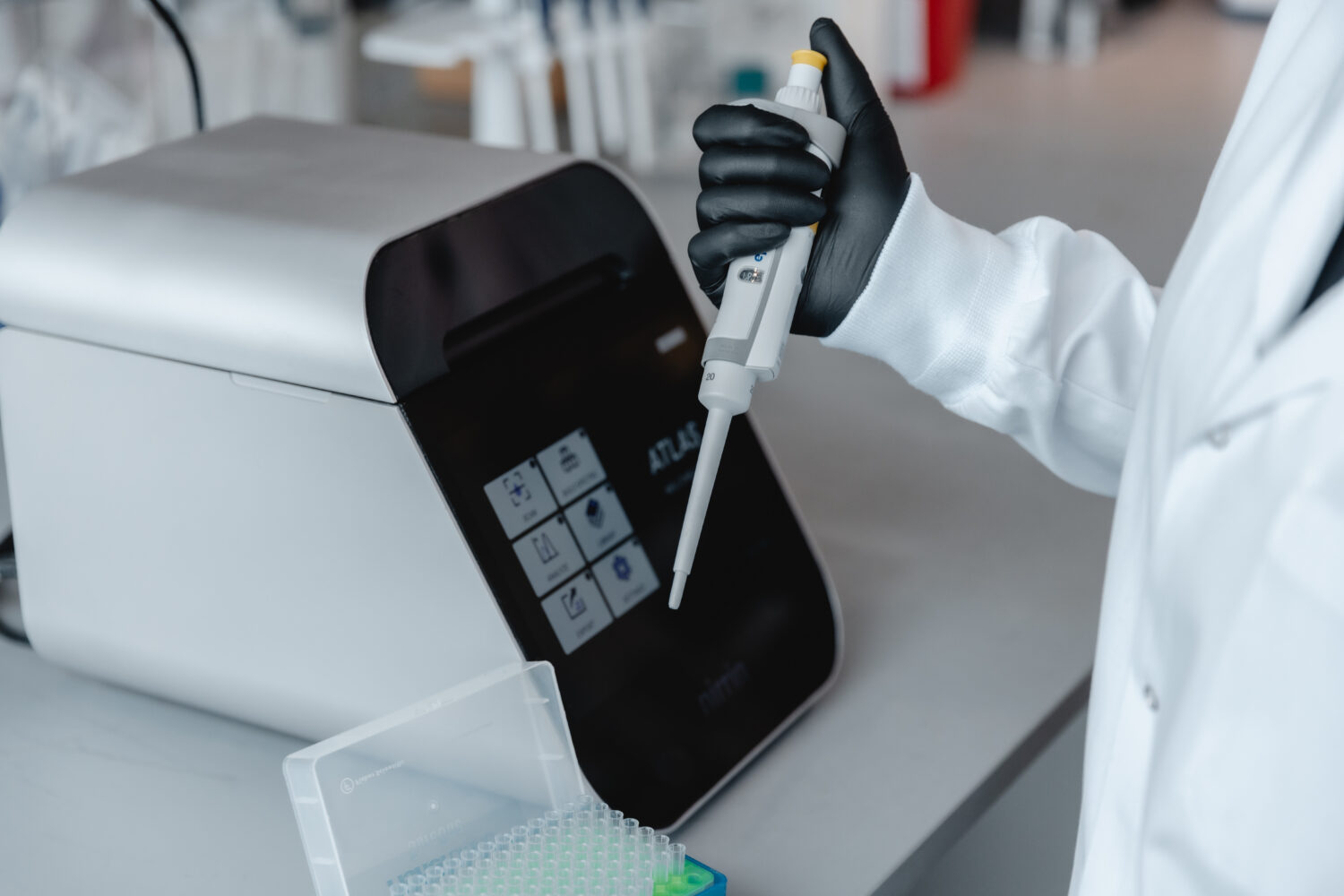Surfactant Analysis at Every Stage of Bioprocessing
Surfactants such as Polysorbate 20, Polysorbate 80, and Poloxamer 188 are essential components in biopharmaceutical drug formulations, stabilizing proteins, preventing aggregation, and maintaining product integrity throughout manufacturing and storage. But their concentration must be tightly controlled. Even minor deviations can cause product instability, impact patient safety, or create regulatory compliance risks. That’s why accurate, repeatable surfactant testing is critical at every stage of the process.
The NIR Misconception
A common belief in the industry is that Near-Infrared (NIR) spectroscopy cannot reliably measure surfactants — particularly at the low concentration ranges relevant to drug formulations. This perception is reinforced by the fact that measuring surfactants accurately within the complex matrices of bioprocessing streams (e.g., formulation and sterile filtration) is inherently challenging. Surfactants exhibit diverse chemical properties, are present at low concentrations, and are surrounded by interfering substances. These factors make quantitation difficult for conventional analytical tools, which often lack the necessary sensitivity and selectivity.
Specialized NIR for Surfactants
The Atlas system from Nirrin Technologies overcomes the traditional barriers to surfactant analysis. By combining the underutilized combination-band region of NIR with High-Precision Tunable Laser Spectroscopy (HPTLS), Atlas delivers:
- High sensitivity and selectivity — accurate quantitation of Polysorbate 20, Polysorbate 80, and Poloxamer 188 at formulation-relevant levels
- Robust performance in complex matrices — reliable results even in the presence of proteins, buffers, and other excipients
- Streamlined workflows — non-destructive analysis without sample prep, dilution, or consumables, unlike HPLC, UV-Vis, or colorimetric assays
Why It Matters
Replacing slow, destructive assays with rapid, non-invasive testing brings measurable advantages:
- Accelerated workflows — results in minutes, not hours or days
- Consistent quality — reproducible data across batches and sites
- Better control — at-line monitoring reduces process variability and risk
For development and manufacturing teams, this translates into faster decisions, more reliable processes, and ultimately safer, more consistent therapies for patients.
Related Resources on Surfactants
In the latest podcast episode of The Cell Culture Dish podcast, Editor Brandy Sargent spoke with Bryan Hassell, Founder and CEO of Nirrin, and Hannah Furrelle, Analytical Scientist at the company, to discuss the science behind Atlas and its implications for bioprocessing. Tune into the 30 minute podcast
Watch Episode 3 of our Video Series to explore Poloxamer analysis in bioprocess workflows
